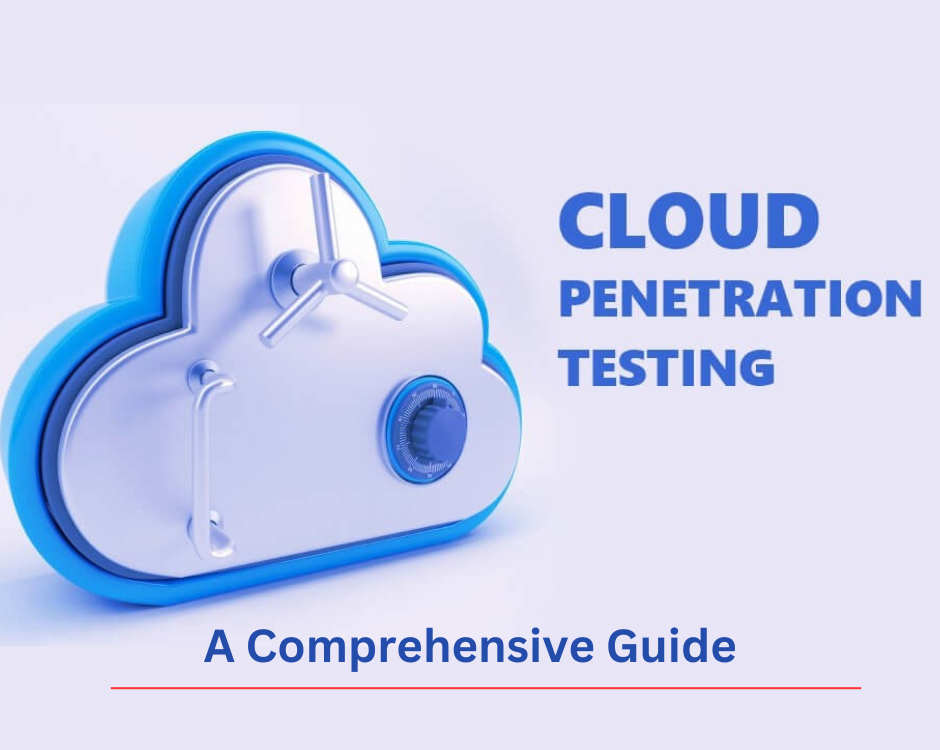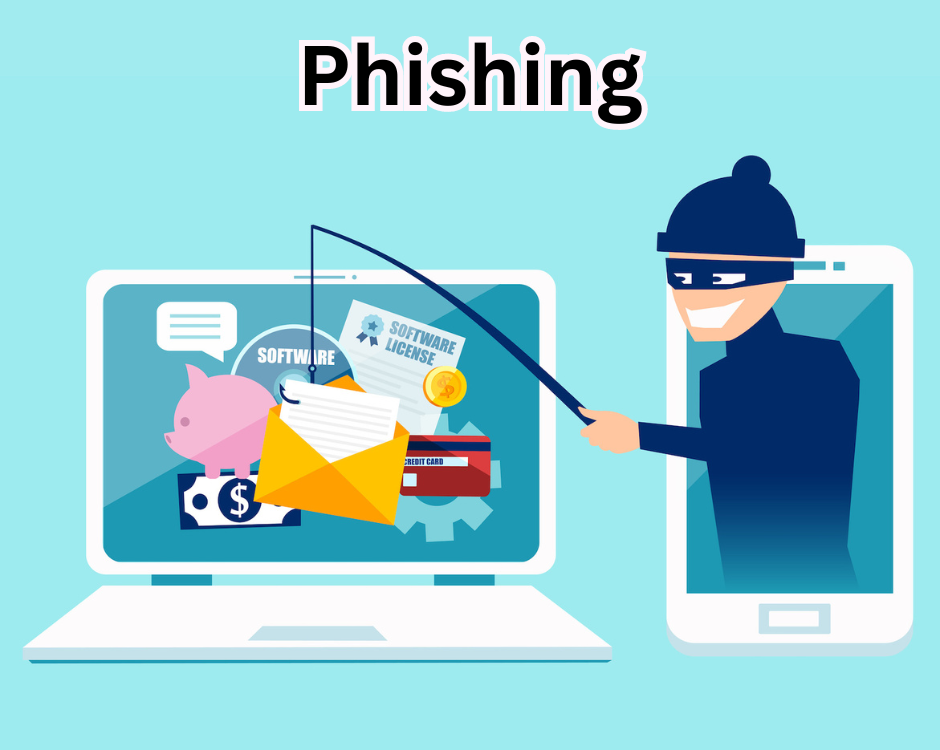Cloud Penetration Testing: A Comprehensive Guide
Cloud Penetration Testing is the process of detecting and exploiting security vulnerabilities in your cloud infrastructure by simulating controlled cyber attacks. It’s a crucial step in ensuring the security of your cloud-based applications and data. In this guide, we’ll explore what cloud penetration testing is, its importance, and best practices. What is Cloud Penetration Testing? Cloud penetration testing involves assessing the security of an organization’s cloud-based systems and infrastructure. It aims to identify potential vulnerabilities, weaknesses, and risks before malicious entities exploit them. By simulating attacks, organizations can proactively address security gaps and enhance their overall cloud security posture. Types of Cloud Penetration Testing Infrastructure Testing: Assessing cloud infrastructure components such as virtual machines, networks, and storage. Application Testing: Evaluating cloud-native applications, APIs, and micro services. Identity and Access Management (IAM) Testing: Reviewing user permissions, roles, and authentication mechanisms. Data Security Testing: Ensuring data encryption, access controls, and compliance. Container Security Testing: Examining containerized applications and orchestration platforms. Best Practices for Cloud Penetration Testing Understand the Cloud Environment: Familiarize yourself with the cloud provider’s services, configurations, and security controls. Define Scope: Clearly define the scope of testing, including assets, services, and attack vectors. Leverage Cloud-Specific Tools: Use tools for cloud environments (e.g., AWS CLI, Azure PowerShell). Test Permissions and Access Controls: Verify user roles, permissions, and least privilege principles. Assess Network Security: Evaluate network segmentation, firewalls, and traffic flow. Review Logging and Monitoring: Analyse logs, alerts, and incident response procedures. Stay Updated: Cloud services evolve rapidly; keep up with changes and new features. Conclusion Cloud penetration testing is essential for maintaining a secure cloud environment. Regular assessments help organizations identify and address vulnerabilities, ensuring robust protection against cyber threats. By following best practices and staying informed, you can enhance your cloud security posture and safeguard critical assets. Cybervault IT Services offers comprehensive cloud penetration testing solutions to assist organizations in strengthening their security measures. Security is a continuous process, and regular testing is the key to avoiding potential risks in the ever-evolving cloud landscape. Remember, knowledge is power – so stay informed and stay safe! For more information, visit https://cybervaultitservices.com/
Read More

